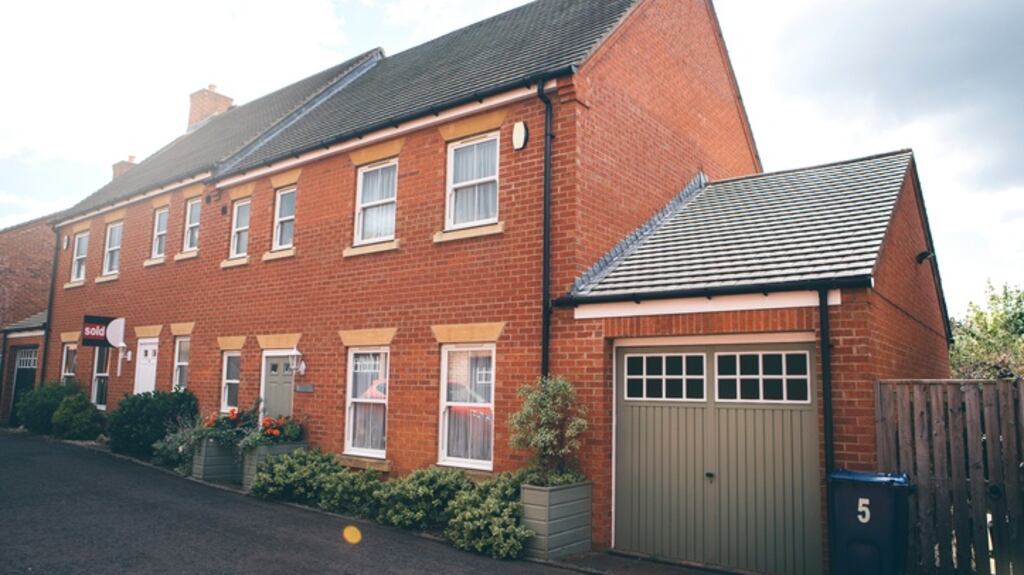House prices rose by an average of 4.3 per cent during the first three months of the year, the largest quarterly increase in nearly two years, according to property website Daft.ie.
The latest acceleration in prices was linked to the Government’s new tax incentive scheme for first-time buyers and a loosening of the Central Bank’s mortgage lending rules.
Daft.ie said the average price of a house in the State was now €230,000, some 9.4 per cent higher than this time last year, and more than €65,000 higher than four years ago.
The year-on-year increase in prices in Dublin, where supply shortages are most evident, was put at 8.7 per cent. This compares to an annual inflation rate of just 1.2 per cent in the first quarter of last year.
The report shows the cost of homes in Dublin rose by an average of €17,500 in the first three months of 2017, and have risen by €120,000 in the last five years.
South County Dublin remained the most expensive place in the State to buy with average asking prices of €548,000.

The increase in prices was just not confined to Dublin, however, with the State’s other four main cities all recording double-digit levels of growth.
In both Galway and Limerick, average asking prices were 16 per cent up on last year, while in Waterford and Cork prices were up 13.9 per cent and 10.7 per cent respectively.
The Daft.ie report said the number of properties on the market was at a record low, with just 20,500 properties for sale nationwide in March 2017, the lowest recorded by the company since it started in January 2007.
Both the change in mortgage rules for first-time buyers and the help-to-buy scheme are making it easier for first-time buyers - by far the largest chunk of the market - to bid prices higher, the report’s author and Trinity College Dublin economist Ronan Lyons.
“It is unfortunate that the primary focus of policy efforts late last year, when it came to the housing market, was to further stimulate demand and prices, rather than supply and quantities,” he said.
“ Adding up the four components of demand - obsolescence, falling household size, natural increase and net migration - it is clear that the country needs at least 40,000 and in reality probably 50,000 homes per year,” Dr Lyons said, noting the number of new homes currently built is barely a quarter of that.
Reacting to the latest figures, Sinn Féin finance spokesman Pearse Doherty called for the help-to-buy scheme to be suspended to allow a full review “before too much damage is done to the housing market”.













